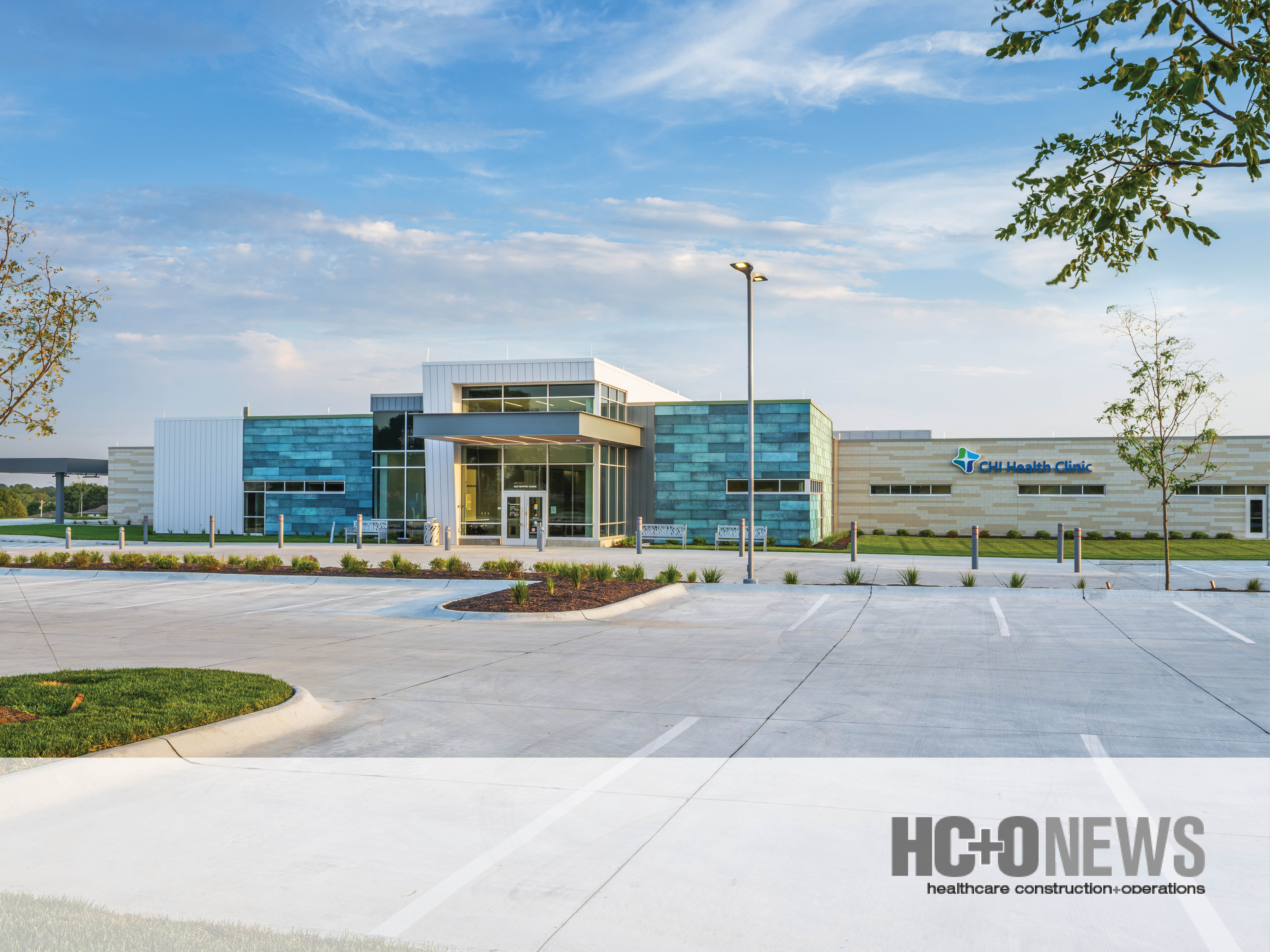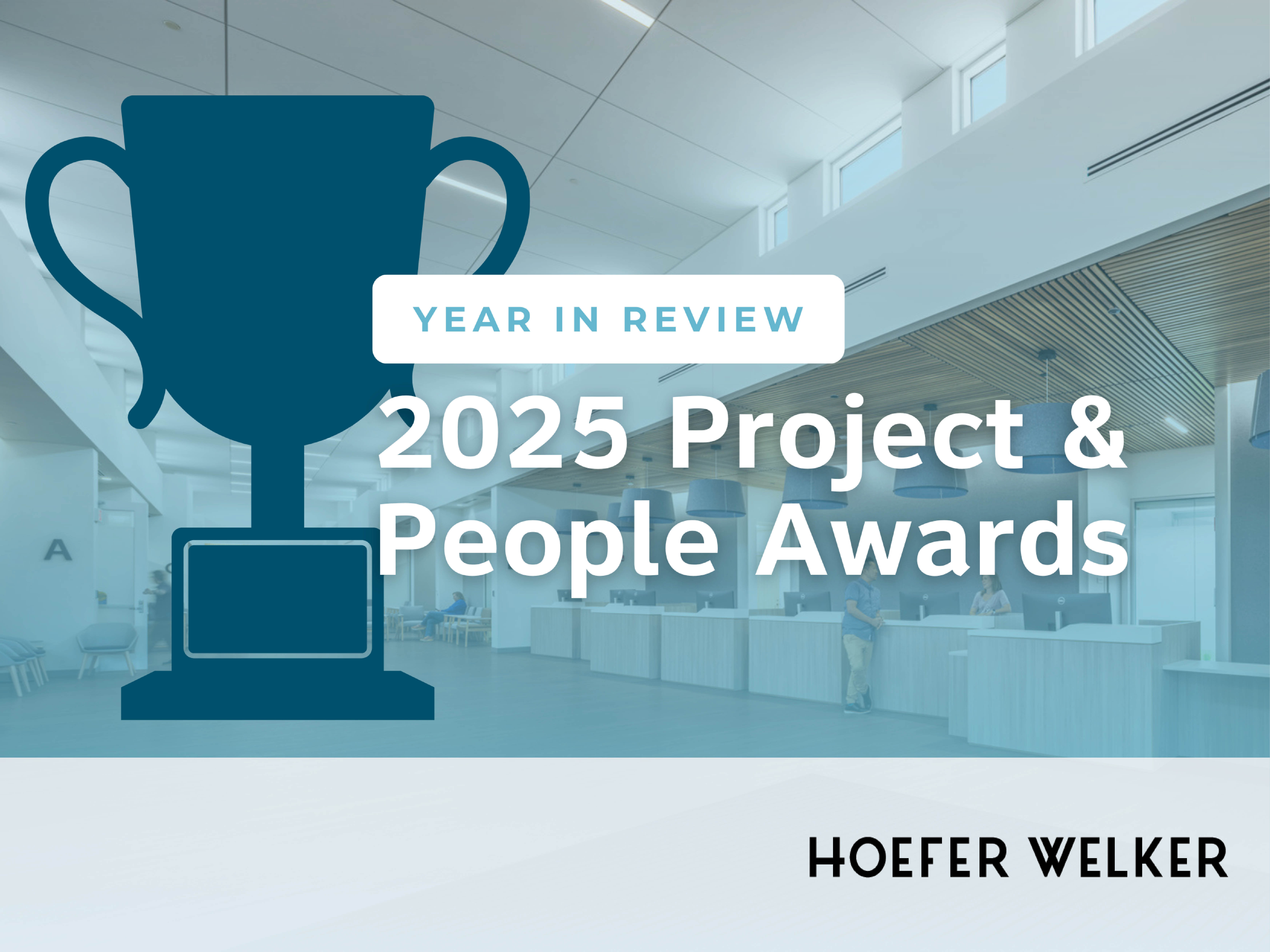Modular and Prefabricated Design Part I: The New Mainstream for Health Systems
A recent HCO News article highlights how modular and prefabricated design is becoming a mainstream solution for healthcare systems facing rising...

One of the first considerations for architects when designing a hotel is effective site integration to ensure its success, not only as a business, but within the community in which it exists. The most important considerations when applying site integration in a hotel’s design are the building’s overall visibility and accessibility, while also incorporating local inspiration and environmental influences in the design. A designer’s skills, creativity and mindfulness produce opportunities to build hotel interiors and exteriors that reflect and make use of local surroundings, while deeply enhancing the overall guest experience.
Considering Visibility
Truly understanding how a hotel is situated on its site is a key factor to ensure any and all guests can easily locate and access the facility. Out-of-town guests will most likely be unfamiliar with the area, usually arriving at the hotel after a long day of travel. Therefore, a key consideration in determining a hotel’s location is its visibility from the highway. This is not only helpful for passersby looking for a last-minute place to stay, but also for locals looking to book the hotel for special events or business conferences.
Hotel developers often strategically seek out popular locations nearest to local hubs of activity that are certain to attract visitors to the area. Related factors include availability of, and proximity to, dining options, recreational areas and entertainment amenities, as well as strong ties to surrounding neighborhoods. Fostering a connection between the hotel and its surrounding community creates positive experiences and will directly and favorably impact the overall guest experience. When the hotel is situated near amenities and enjoyable activities for its guests, brand loyalty is elevated and the likelihood of guests returning to the hotel in the future ultimately increases.
For instance, locating a hotel in an amenity-rich, affluent area creates not only brand alignment and loyalty as previously mentioned, but in some cases, has the ability to raise the status of the hotel. This could be the difference between a four-star and five-star rating, which for the builder, architect, and business owner, translates into a real value and return on investment. The same holds true for businesses that co-locate – those buildings that share a site but possess and retain their own identities. Easy access to amenities contributes to overall satisfaction with guests’ hotel stay. A satisfied guest is more likely to return and to recommend the hotel to their friends, family and colleagues.

A recent HCO News article highlights how modular and prefabricated design is becoming a mainstream solution for healthcare systems facing rising...

2025 brought a number of recognitions for our work, our people, and our growth as a firm. From project awards to individual honors and business...

Mara Sabatini, Vice President and Senior Project Manager, was recently featured in BD+C’s article, Leadership in Practice: How 40 Under 40 Alumni...
